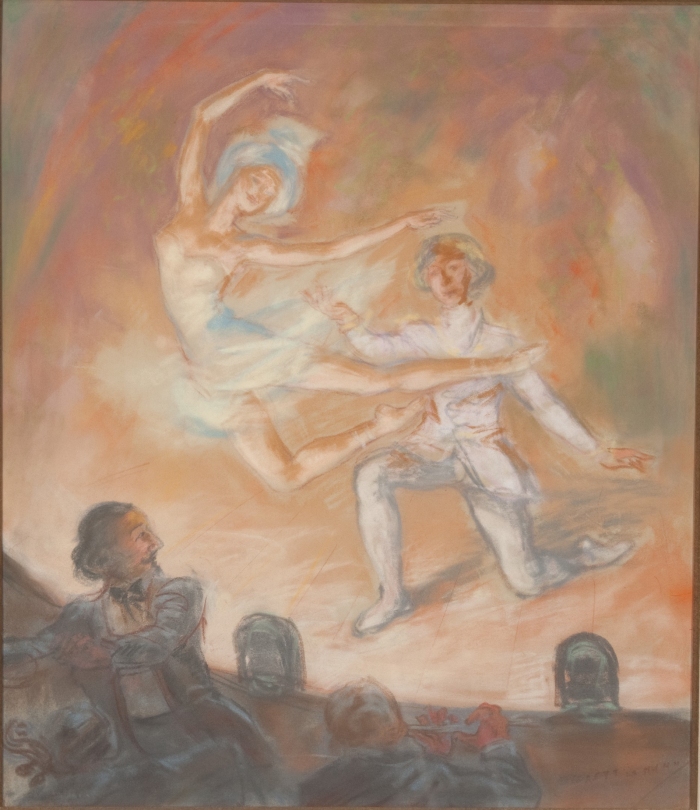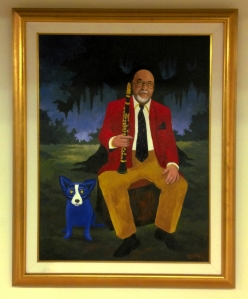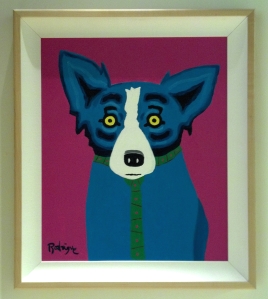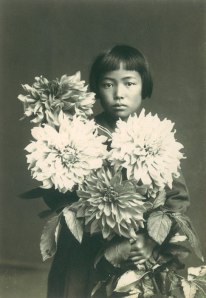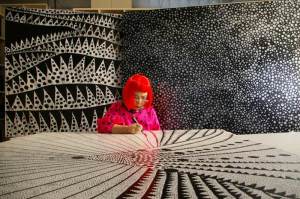Text by Taylor Wilson, Gallery Attendant
Dance is an art in and of itself, but the ability to catch the beauty of it in a piece of art is even more special. Dance has been a common theme for centuries with artists like Degas attempting to capture moments on stage. In our collection at the Forsyth Galleries, we have a pastel drawing from the American realist painter Everett Shinn, who is often described as an American Degas. Shinn is able to portray the power, grace, and beauty of ballet through fluid strokes of the wrist.
Everett Shin was born in Woodstown, New Jersey to rural farmers. He attended the Spring Garden Institute in Philadelphia to study mechanical drawing and eventually moved on to the Pennsylvania Academy of Fine Arts. By his late teens he was a staff artist for the Philadelphia Press, which he considered the beginning of his art career. Shinn traveled to Europe during his young adulthood to study other painters and was extremely influenced by the Impressionist movement and, it is believed, specifically depictions of the stage by Degas, Manet, and Forain. While in Philadelphia, Shinn was a member of the Charcoal Club, established by fellow artists Robert Henri, John Sloan, and Joseph Laub, which eventually became the origin of the Ashcan School. Shinn was also later a member of The Eight, a group of artists named from a 1908 exhibition. Although others focused on a more idealistic outlook on upper class leisure, Shinn chose to paint realistic depictions of urban life, which often included gritty scenes of tenement life, social and economic diversity, and forms of urban entertainment.
Infatuated with the theatre, Shinn’s depictions were generally of unusual angles, often with the audience as the backdrop. He also liked to take up an aerial perspective or one from the orchestra pit. No matter the angle, Shinn would capture the excitement from the movement on stage. In the pastel drawing On Stage, from our collection at the Forsyth, the viewer is given an aerial perspective with the orchestra conductor in view in front of the stage. The dancer is mid-jump which is evident, not only from the obvious position, but the way Shinn imagines the skirt in movement. By including the conductor, the viewer is left with a sense of anticipation. If the dancer were by herself in the shot, it would seem as if she were frozen in time, but by including the conductor there is the expectation that the music is continuing and you are waiting for her to land. The position Shinn chose for the dancer exhibits not only her grace, but her strength as visible in the delicate placement of her arms juxtaposed with the musculature of her legs.
Though influenced by the Impressionist movement, which strove to capture snapshots of everyday activities, Shinn was not afraid to make a bolder statement with his subject matter. While it is easy to capture moments in the theatre as fantastical, idealistic split seconds of true beauty, Shinn did not shy away from reproducing the scene in a way that allowed the viewer to connect with society at the time, which was riding the rollercoaster of the Great Depression. This set Shinn apart from his peers and allowed him to become a truly wonderful artist.
